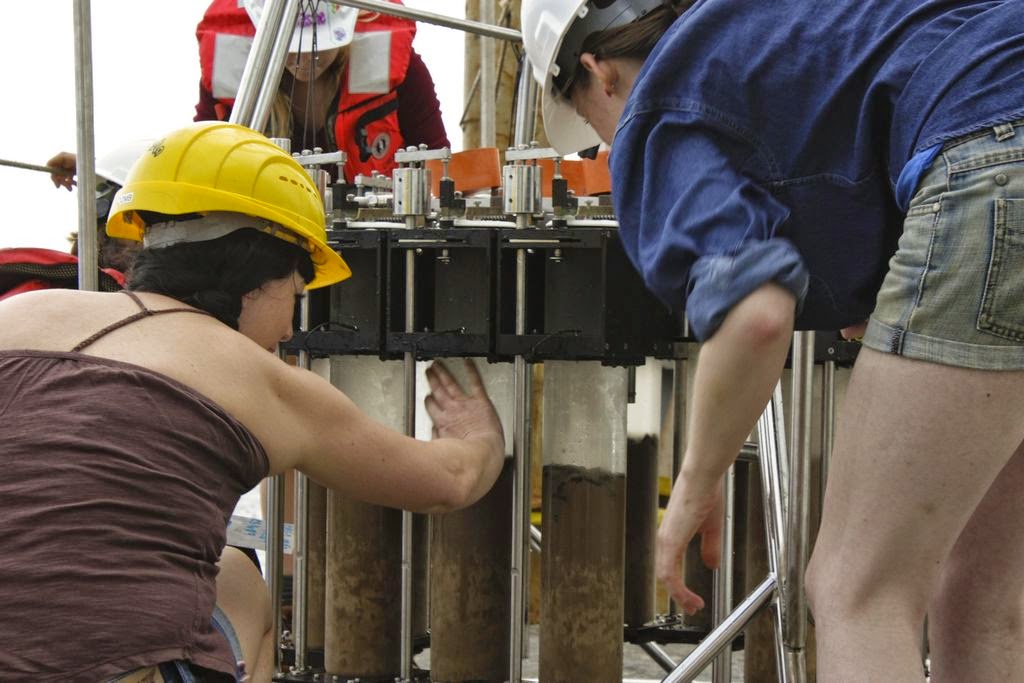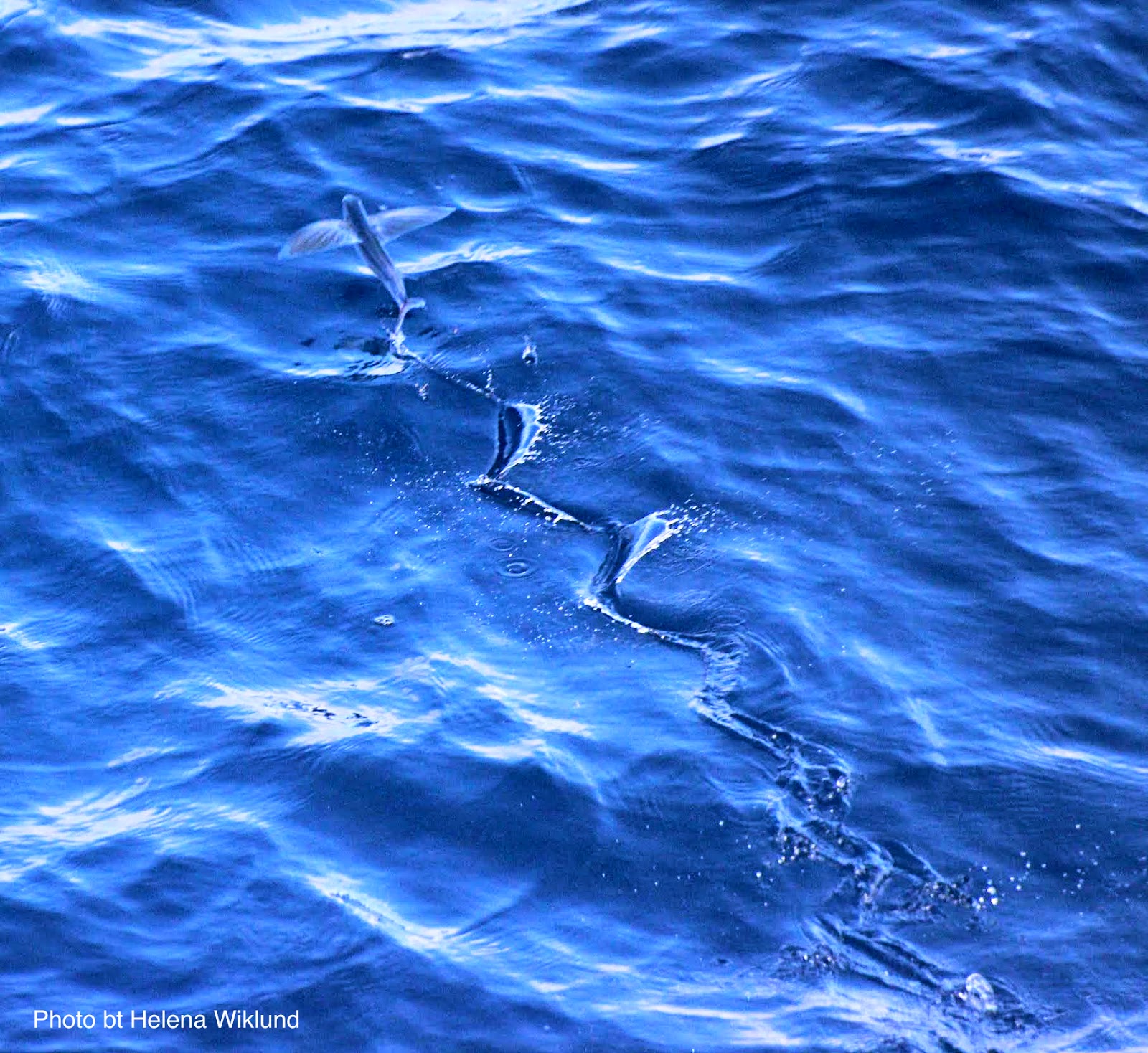I am going to begin this story in a
cupboard because that was how it began for me. Now, so far as cupboards go, this one is fairly spacious,
and also somewhat of an anomaly, though it is not without the charms that
should be expected of any good cupboard.
It is still rather compact, and the ceiling hangs just a bit lower than
you think it rightfully should. Of
course, it is also as fully stuffed as it could possibly be while still
fulfilling its function. What
separates this cupboard from most, however, is the menagerie of exercise
equipment contained within its walls.
It was during my exploratory sweep of
our ship, on the transit to where our many groups of scientists would begin
taking samples, when I first stumbled upon this room. It was dark and cramped, and I passed it over at first,
thinking it to be nothing more than a storage space for unused equipment. Only later, once I had explored every
inch of the ship and found no further signs of the alleged exercise room, did I
begin to seriously contemplate its purpose. I returned to it once more, and upon closer inspection,
discovered that it was indeed intended as a gym. In the tiny gap between the stationary bike and the
treadmill, hung a pull-up bar, and littered around the edges of the room were weights
of varying intensity. The floor
had been covered in a thick black foam padding, certainly contributing the
feeling that this room was just a bit shorter than all the others, and the
ceiling above the treadmill had been cut away in a dome to accommodate the
taller heads on the ship. I also
discovered down in the hold, quite a bit later, an elliptical and a mountain
climber, tucked neatly into a corner like two stowaways. I opted not to use
this equipment, however, due to the poor lighting and lack of circulating air.
 |
| Colin Seifer enjoying the stationary bike in the exercise cupboard. Notice the scenic poster of mountains on the wall (right). |
Though the workout cupboard did not
seem like much at the start of our voyage, I quickly warmed up to it, and it in
turn, warmed up for me, necessitating the addition of a fan. Soon after, I abandoned my use of
descriptive words like “cramped” and “tight” in favor of kinder adjectives like
“cozy” and “quaint,” for though it has no extra space, there is enough. Now, it serves as a haven of sorts for
scientists looking to take a break from the daily triumphs and failures that
come with sending electronics and other sampling devices to more than
four-thousand meters below sea level.
Some view it as a way to relax and unwind their tightly spooled
thoughts, while others use it for the rush of chemicals that keeps them happy
day after day. Others still, such
as myself, use it as an excuse to indulge in every incredible flavor that comes
wafting from our kitchen three times daily.
 |
| The Versa-Climber Challenge Chart, where participants post their distances and times and track their progress up Mount Everest with magnetic sea-creature placeholders. |
It is also worthy of mention, though I
am not a participant in this myself, that many keep track of how far they have
run or biked, and compete with others for the longest distance, fastest time,
or just against themselves, trying to cover the ground, so to speak, between
our port of departure in San Deigo, CA and the site where we took our
samples. Next to this signboard sits
another, holding the times and distances for the mountain climber downstairs. This, I am in awe of, as the records
held on this board are such that no human made of flesh and blood should be
able to accomplish.
 |
| The poster of the infamous AB02 Fittness Challenge |
Written by: Colin Seifer, University of Hawaii















































